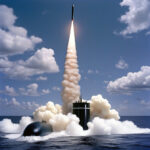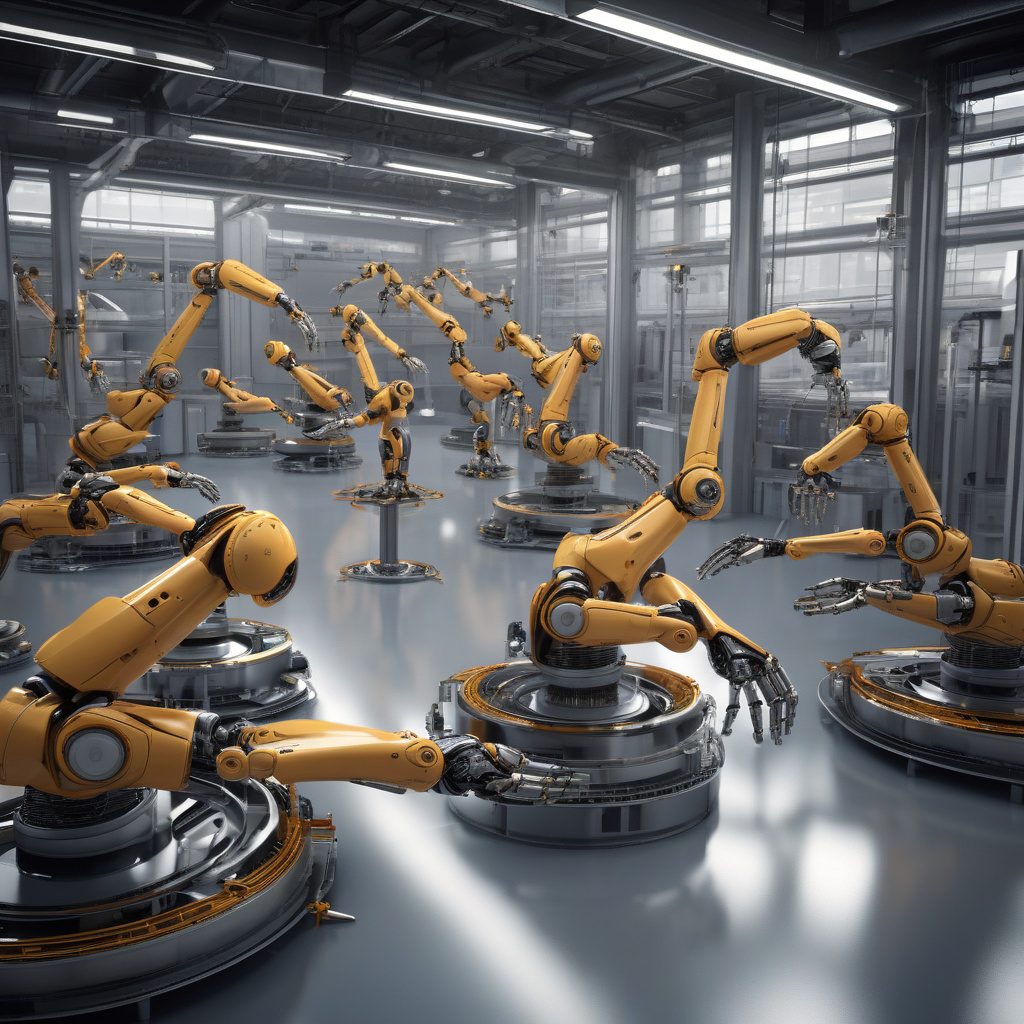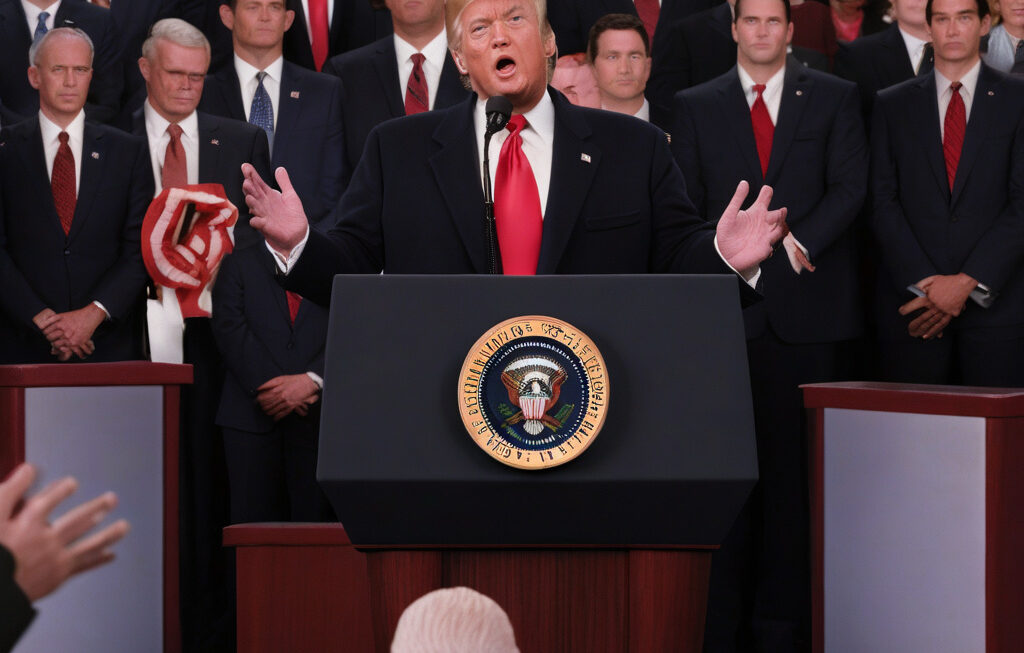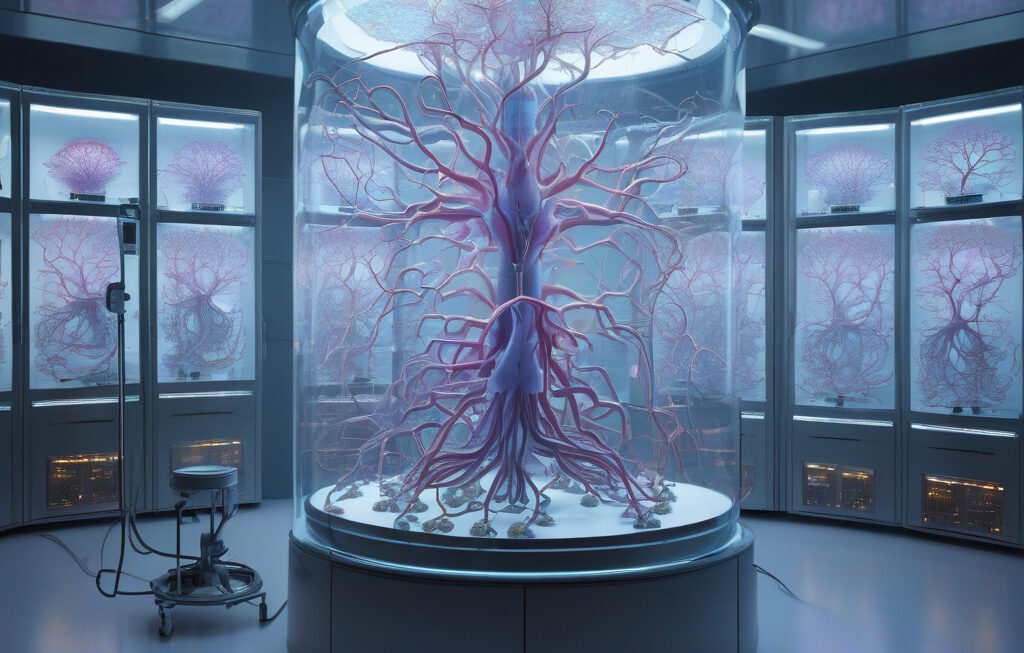Roboballet: New AI system choreographs robotic arms for faster factory operations
Coordinating fleets of robotic arms remains one of the toughest problems in modern manufacturing. One company, however, is revolutionizing this process with a groundbreaking AI system known as Roboballet. This innovative technology is set to transform factory operations by streamlining the movement of robotic arms, ultimately leading to increased efficiency and productivity.
Traditional manufacturing processes often involve complex coordination between multiple robotic arms to complete tasks such as assembly, welding, and painting. However, ensuring that these arms work in harmony without collisions or delays has been a persistent challenge. This is where Roboballet comes in, offering a solution that leverages the power of artificial intelligence to choreograph the movements of robotic arms with precision and speed.
By programming the AI system with algorithms that mimic the fluidity and grace of a ballet performance, Roboballet is able to optimize the paths and timings of each robotic arm within a factory setting. This results in smoother operations, reduced downtime, and ultimately, faster production cycles. Imagine a perfectly orchestrated dance where robotic arms seamlessly glide and twirl around each other, all guided by the invisible hand of AI.
One of the key advantages of Roboballet is its adaptability to different manufacturing environments. Whether it’s a car assembly line, a electronics production facility, or a packaging plant, this AI system can be customized to suit specific requirements. This flexibility not only enhances overall efficiency but also opens up new possibilities for manufacturers to explore innovative production methods.
The impact of Roboballet extends beyond just improving operational efficiency. By automating the coordination of robotic arms, factory owners can also free up human workers to focus on more complex tasks that require creativity and problem-solving skills. This shift towards a more collaborative human-robot workforce not only boosts productivity but also creates a safer and more engaging work environment.
In a recent case study, a leading automotive manufacturer integrated Roboballet into its production line and saw a significant increase in output within the first month. The AI system was able to reduce cycle times by 15%, minimize errors by 20%, and increase overall equipment effectiveness by 10%. These tangible results underscore the transformative potential of Roboballet in driving success for businesses.
Looking ahead, the future of manufacturing is undoubtedly intertwined with AI technologies like Roboballet. As industries continue to embrace automation and robotics, the need for intelligent systems that can orchestrate complex processes will only grow. By investing in innovative solutions that enhance efficiency and productivity, companies can stay ahead of the competition and pave the way for a new era of manufacturing excellence.
In conclusion, Roboballet represents a paradigm shift in the way robotic arms are coordinated in factory settings. By harnessing the power of AI to choreograph these machines with precision and speed, manufacturers can unlock new levels of efficiency and productivity. As this technology continues to evolve, we can expect to see even greater advancements in the field of manufacturing, shaping the future of industry as we know it.
Roboballet, AI system, factory operations, manufacturing, robotics












